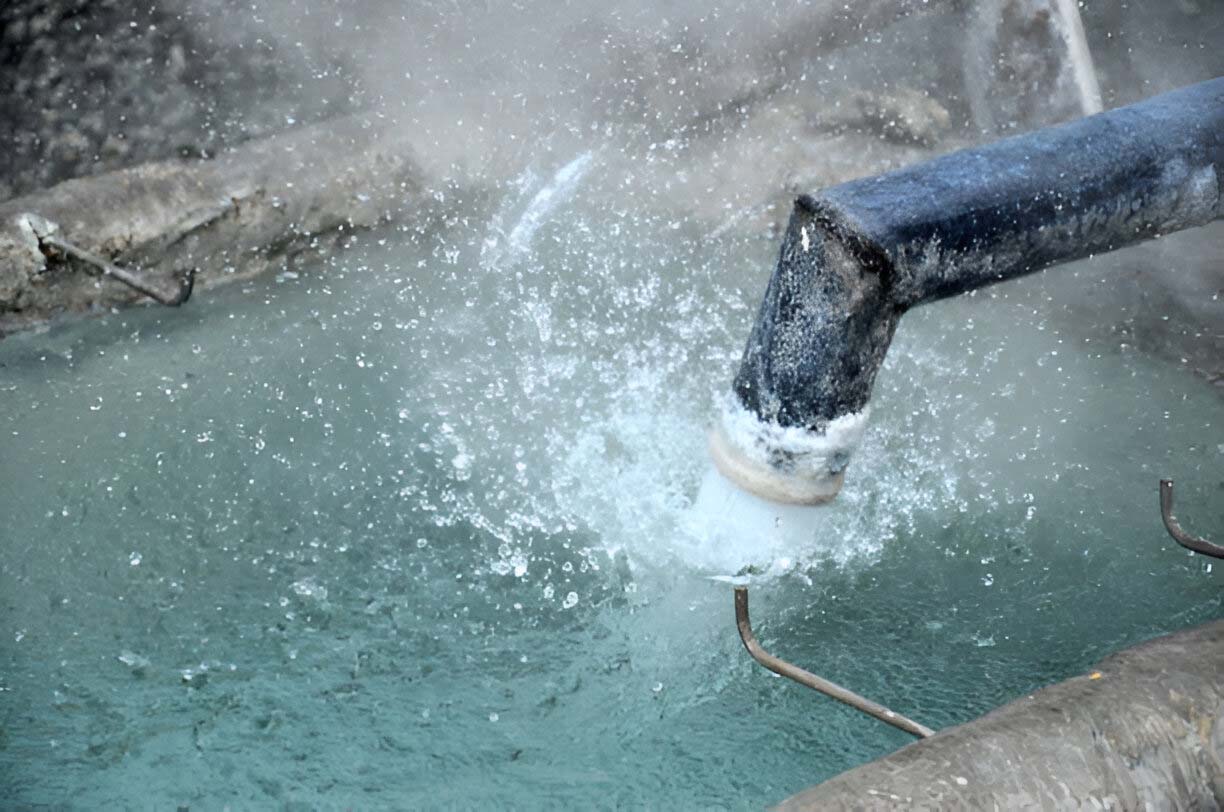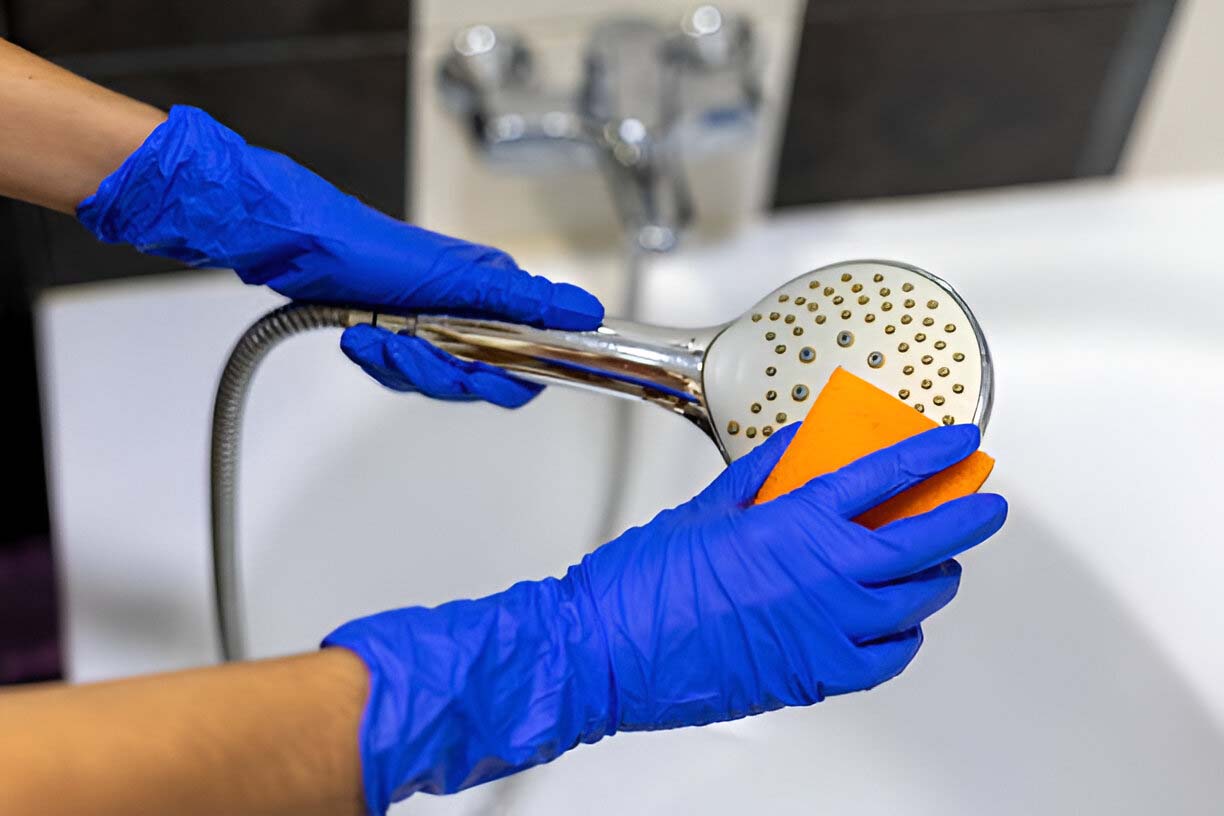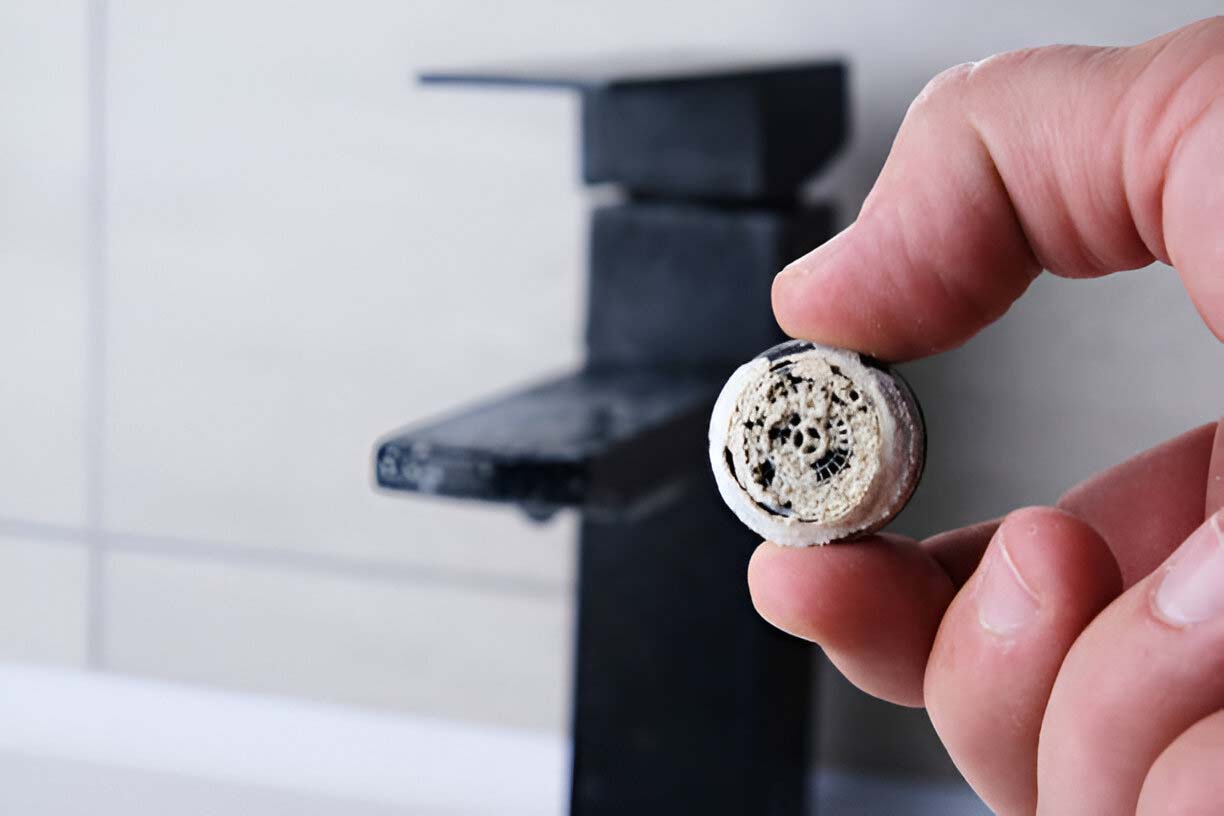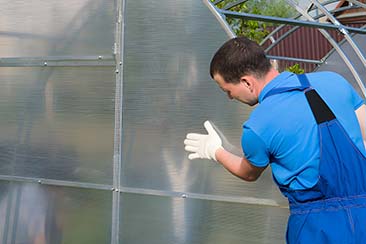Hard water. It’s one of those household nuisances everyone talks about, but what exactly is it, and why is it such a big deal? Essentially, hard water is water that contains high levels of dissolved minerals, primarily calcium and magnesium. These minerals are usually picked up as water travels through limestone and chalk deposits, which are common in certain geographic areas. Thus, while it might be tempting to blame this issue on complex processes, its pervasive nature often stems from natural geological formations.
Now, why should anyone care about these minerals in their tap water? Hard water is notorious for causing a host of issues, like limescale build-up in pipes and appliances, which can lead to sluggish water flow and increased energy bills. Over time, it can even shorten the lifespan of your appliances, making your dishwasher or washing machine break down well ahead of time. Not to mention, it can make your skin feel dry and leave soap scum on just about everything!
Given all these potential pitfalls, addressing hard water problems directly at the source becomes crucial for sustaining household operations efficiently. By tackling the issue head-on, homeowners can not only protect their plumbing and appliances but also enjoy long-term savings and increased comfort. Fortunately, small yet effective solutions do exist and can significantly improve the situation with minimal effort.

Understanding Hard Water and its Effects
So, what exactly makes water hard? It primarily comes down to its mineral content. Water picks up calcium and magnesium as it moves through the Earth’s crust, resulting in water that’s ‘hard’. These are both essential minerals for human health, yet their presence in water can be a double-edged sword at home.
In any household, several tell-tale signs can alert occupants to the issue of hard water. When more soap is needed to get a lather, it might be due to hard water. You might also notice that your glasses aren’t crystal clear after a run through the dishwasher or the persistent presence of chalky white deposits on showerheads and faucets. These are practical indicators of limescale, made up of those pesky minerals.
From a broader perspective, hard water can have more insidious impacts on your plumbing system. Over time, the limescale gradually builds up within the pipes, narrowing them and restricting water flow. This can lead to inconsistent water pressure and increased energy costs as appliances work harder than they should.
The story doesn’t end just there—the lifespan and efficiency of household appliances are also at stake. Continuous exposure to hard water means that washers, dishwashers, and even kettles can become less efficient, using more energy and potentially breaking down sooner than expected.
Identifying the Source of Your Hard Water Problem
Before jumping into solutions, recognising the root of a hard water issue is paramount. Fortunately, identifying water hardness is neither as complex nor as expensive as one might think. A variety of DIY water hardness testing kits are available, enabling homeowners to measure the mineral content in their water easily. These tests often involve simply dipping a test strip into the water and comparing the results against a colour chart.
Local geography and water sources also play crucial roles in a home’s water hardness. Regions with significant underground mineral deposits are more likely to experience hard water problems. Municipal water hardness reports offered by local water companies can also provide insight into the degree of hardness in your supply, allowing for more informed decision-making.
Pinpointing the exact entry points of hard water into your plumbing system requires a bit more sleuthing. Probing areas where water enters, such as the main supply line, can help determine the specific pathways through which hard water infiltrates your home. Homeowners would be wise to inspect these common entry points and note any signs of scaling or efficiency loss.

Simple Solutions for Hard Water Mitigation
Once the source and severity of a hard water problem are well-understood, the next step logically involves exploring solutions. Water softeners are often the go-to option. These systems operate by exchanging the hardness-causing minerals with sodium ions, rendering the water ‘soft’. While highly effective, the long-term maintenance and salt costs associated with these systems shouldn’t be overlooked.
For those seeking alternatives to water softeners, magnetic and electronic water conditioners offer a less expensive solution. These devices claim to alter the mineral structure, thereby preventing or reducing scale. However, their effectiveness has been hotly debated, and they might not be suitable for every home.
Descaling agents and limescale filters also present viable solutions. Armed with powerful chemicals, descaling agents are effective for immediate mineral build-up removal, while limescale filters offer a more preventative approach, acting as a mineral barrier.
For those keen on DIY, household items like vinegar can become allies in the fight against limescale. Regular maintenance using vinegar can keep fixtures and faucets free from mineral deposits without much hassle.
The Impact of Water Filtration Systems on Hard Water
In exploring options to combat hard water, water filtration systems deserve mention. Especially for those dealing with slightly hard water, these systems offer a promising solution. Different filtration systems on the market are specifically designed for hard water treatment. Reverse osmosis systems are particularly effective, removing not only the minerals responsible for hardness but also other contaminants, improving water quality comprehensively.
For many households, a water filter system under sink offers a practical and space-saving option, delivering cleaner, better-tasting water directly from the tap without the need for a whole-house installation. These systems are relatively easy to maintain and can be tailored with specific filters to target hardness minerals alongside other impurities.
However, installing such systems requires careful consideration. Whether dealing with simple under-sink options or whole-house systems, homeowners need to account for cost, complexity of installation, and maintenance commitments. Each system has its perks, and selecting the right one can lead to significant long-term benefits in terms of repair savings and appliance longevity.
A cost-benefit analysis is therefore essential. While the initial outlay for such systems might be significant, the prospective savings from reduced appliance repair and increased efficiency can make the investment worthwhile.
Maintaining Your Pipes and Appliances in a Hard Water Zone
When it comes to living in a region plagued by hard water, implementing routine maintenance can be one of the most effective solutions. Setting a regular cleaning schedule to challenge mineral build-up goes a long way in maintaining plumbing and appliance health.
For the savvy shopper, opting for appliances designed to cope with hard water through advanced settings or limescale-resistant features could prove a worthwhile investment. Research into product specifications and consumer reviews can lead to more informed purchases that better withstand the conditions.
When removal of existing scale is necessary, deciding between chemical and natural remedies can be a matter of preference. While some might prefer the immediate efficacy of a chemical agent, others may lean towards vinegar or citric acid solutions, which are cheaper and environmentally friendly.
Long-term maintenance strategies shouldn’t be overlooked, either. Professional inspections ensure any underlying concerns are addressed before they snowball into major repairs. Such proactive measures reinforce the role of ‘small fixes’, securing that ‘big impact’ over time.
Conclusion
In summary, hard water poses a suite of challenges that can sap both financial resources and patience if left unaddressed. It’s imperative to treat this issue at its source to safeguard household infrastructure effectively. Crucially, though, it’s not a plight without solutions.
Adopting a ‘Small Fix, Big Impact’ approach, by employing straightforward steps and making educated choices, can deliver tangible benefits. It’s about being proactive: investing a little time and resource now, as opposed to grappling with significant expenses later. Encouragingly, tackling hard water issues isn’t solely about staving off potential replacements; it presents a genuine opportunity to extend the lifespan of appliances, enhance energy efficiency, and bask in the comfort of cleaner, softer water.
Lastly, consider creating a tailored plan that suits your home’s specific needs. Whether grappling with slightly or severely hard water, getting professional advice and selecting a system, like an under-sink water filter, perfectly suited to address your challenges, will ensure your household continues to operate optimally for years to come.








